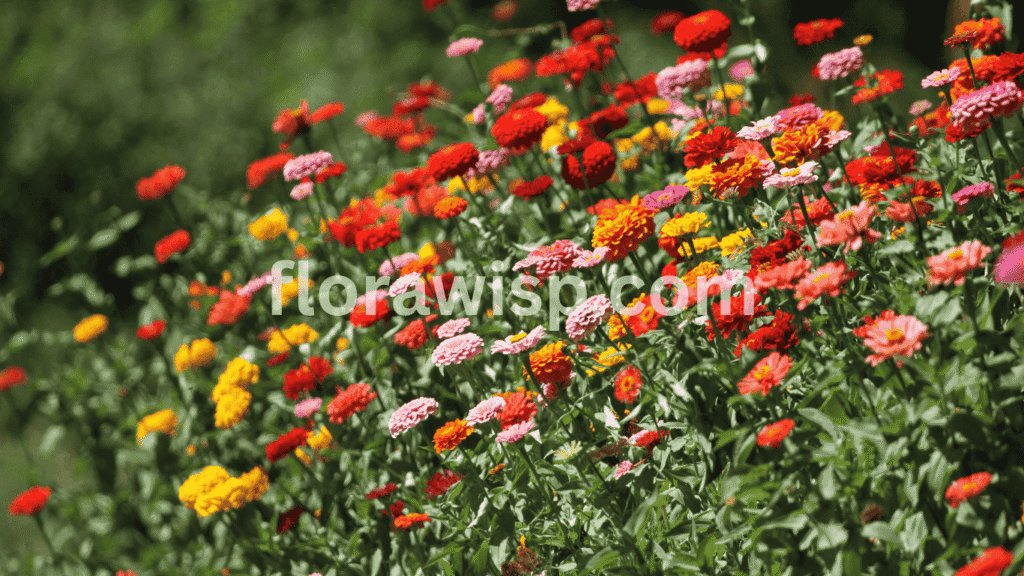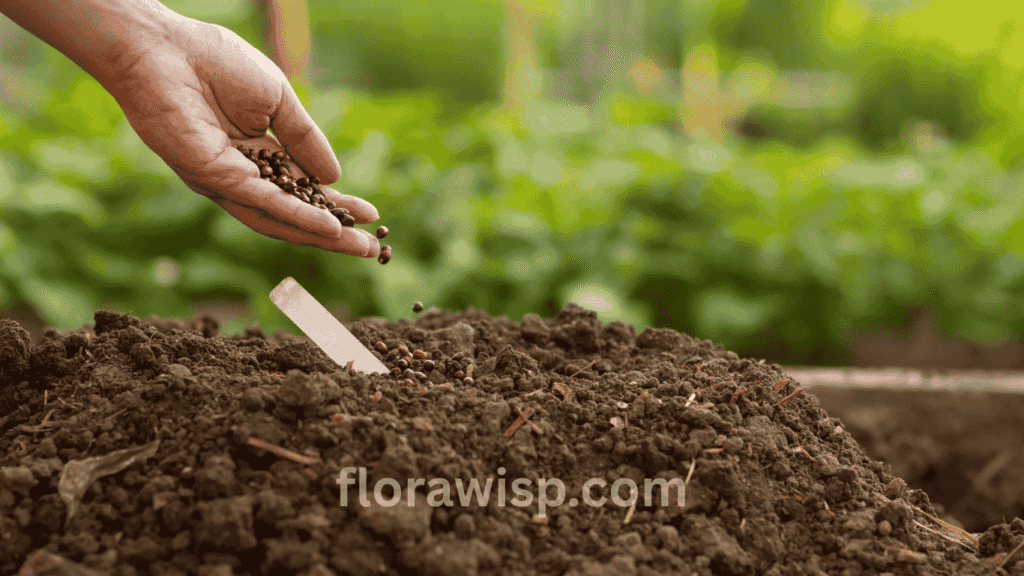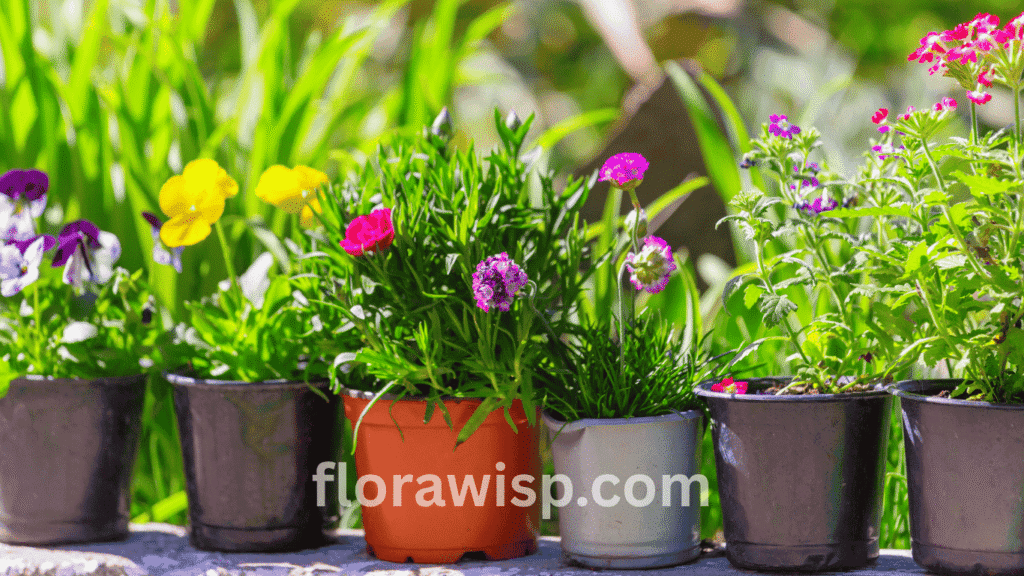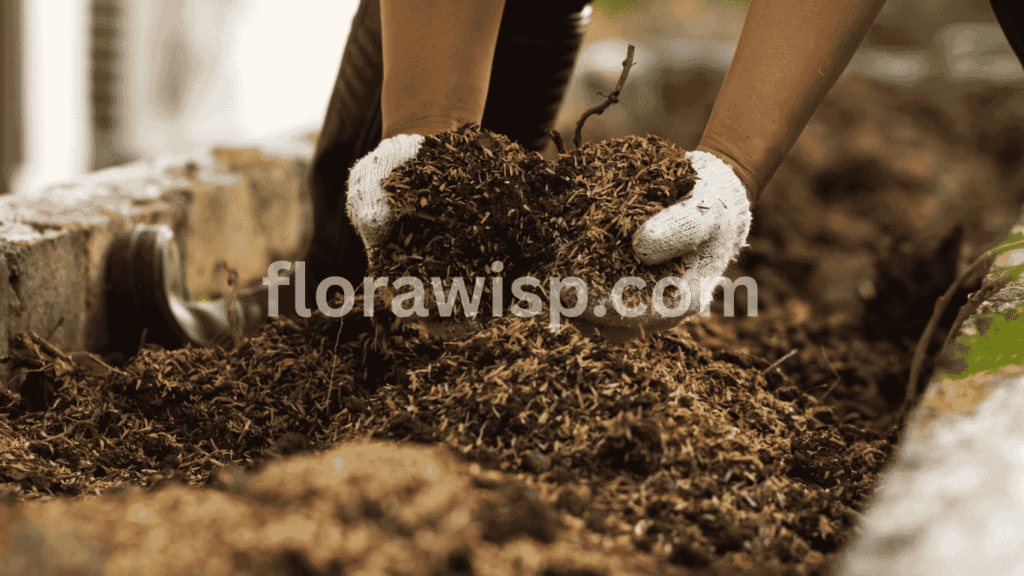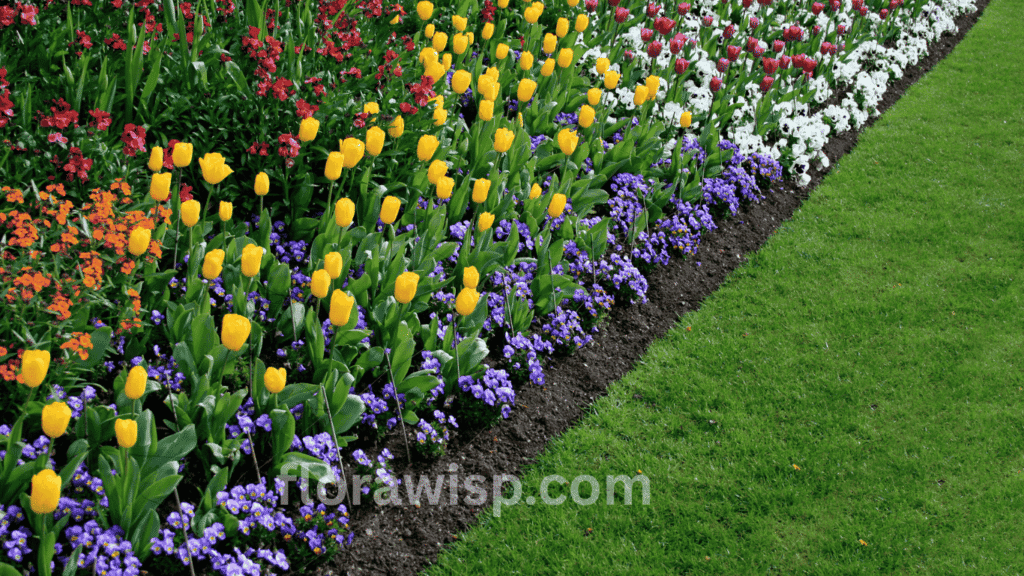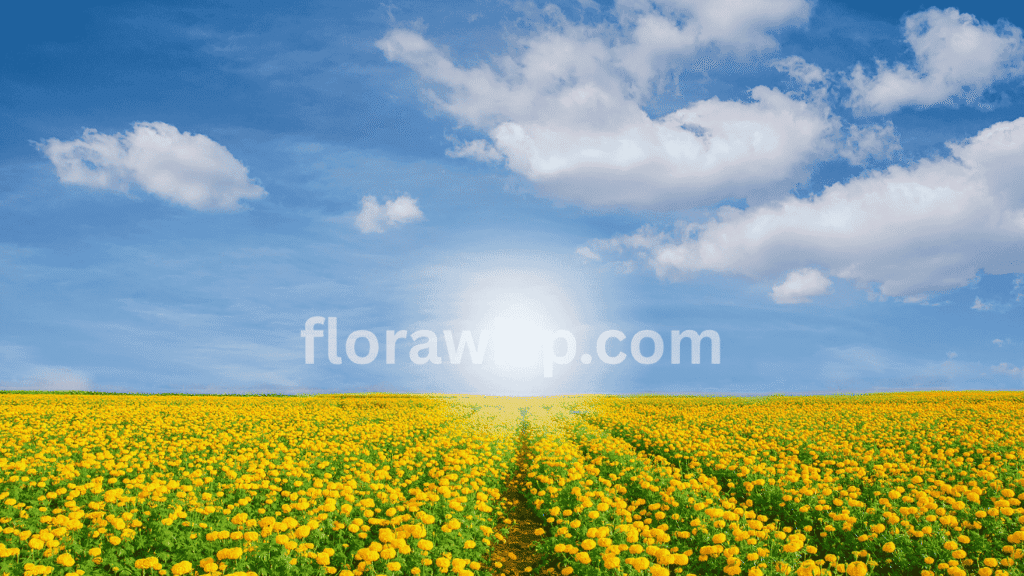Discover expert-backed tips for growing zinnia seeds, learn when to plant, which varieties thrive best, and how to grow bold blooms from seed to vase. If you’re looking to fill your garden with bold, beautiful blooms from early summer until frost, zinnia seeds are your answer. Zinnia seeds are easy-to-grow annuals that thrive in a wide range of U.S climates and offer unbeatable color, resilience, and pollinator appeal.
In This Article
Over the past two decades, I’ve grown zinnias from seed in everything from hot Southern beds to cool Midwestern containers and they never fail to impress. Whether you’re a beginner starting with seed packets or a seasoned gardener experimenting with types of zinnias, this comprehensive guide shares everything I’ve learned: from sowing tips to maintenance, harvesting, and selecting the best varieties for your goals. If you’re just getting started, our Planting Flowers guide is a great companion to help lay the foundation.
Benefits of Growing Zinnia Seeds in U.S Gardens
Reliable Blooms from Summer to Frost
Zinnia seeds are a true staple in American flower gardens and for good reason. From early summer until the first frost, zinnia flower seeds provide a non-stop show of vibrant blooms. Whether tucked into containers or spread across raised beds, they adapt to almost any U.S. climate. I’ve grown them in both the dry plains of Oklahoma and the humid stretches of the South, and their performance never disappoints.
Tough Plants for Tough Summers
One of the best things about zinnia seeds is their ability to handle heat and drought. These flowers thrive in full sun and can bounce back quickly even during dry spells. During the scorching summer of 2022 in my Zone 7b garden, many plants struggled but not my zinnias. With just a deep watering once a week, they stood tall and vibrant while everything else wilted.
Perfect for Beginners and Busy Gardeners
If you’re short on time or new to gardening, growing zinnias from seed is one of the most forgiving ways to get started. You don’t need fancy equipment or expert skills. Just loosen the soil, sow the seeds, and make sure they get plenty of light. In just a few days, seedlings appear and a few weeks later, bold blooms follow.
With their easygoing nature and brilliant colors, zinnia flower seeds make it simple to enjoy a thriving, colorful garden with minimal effort.
Top Zinnia Varieties for American Landscapes

Over the years, I’ve tested dozens of varieties, but a few zinnia seed types stand out as true performers for different gardening goals.
- Benary Giant Zinnia Seeds are my go-to for cut flower arrangements. These towering plants with 4–5 inch blooms add height and elegance to any bouquet. I grow them in rows at the back of my garden and harvest multiple stems weekly through the summer.
- Profusion Zinnia Seeds are perfect for borders and mass plantings. These compact, bushy plants are not only disease-resistant but also handle summer humidity with ease. I used them one season along my front walkway and was blown away by the nonstop blooms and neat habit.
- Giant Zinnia Seeds offer a dramatic visual impact. These aren’t just flowers, they’re garden statements. I planted a mix of bright oranges and pinks one summer, and they were the first thing neighbors commented on during evening strolls.
No matter which type you choose, zinnia flower seeds deliver beauty, adaptability, and performance in nearly every U.S. region. If you’re planting zinnias from seed, these top varieties are worth every inch of garden space.
Choosing the Right Zinnia Seeds for Your Zone
What Do Good Zinnia Seeds Look Like?
After growing zinnia seeds across USDA Zones 6b and 8a for years, I’ve learned that seed quality directly impacts germination and bloom success. Healthy seeds are typically arrowhead-shaped, dry to the touch, and slightly plump, not brittle or shriveled. If your zinnia seed packets include overly light or papery seeds, skip them. Those often fail to sprout, especially in cooler spring starts.
I prefer sourcing my zinnia seed packets from well-reviewed American growers who list germination rates on the label. Anything above 85% usually gives me a strong, even crop. In my 2023 trial, a batch from a local feed store failed miserably; nearly half the seeds never broke soil. Since then, I’ve stuck with specialty sites offering clean, uniform seeds with proven viability.
Best Zinnia Seeds for Cutting, Bedding & Pollinators

When it comes to bouquets, nothing beats Benary giant zinnia seeds. These plants have long, sturdy stems and blooms that hold up beautifully in a vase. I use them in my cutting garden every summer, especially in arrangements for farmers’ markets. The flower heads are dense, fully double, and come in rich colors that last over a week indoors.
For my front beds and borders, Profusion zinnia seeds are my go-to. These compact, mounding plants bloom non-stop even through heat waves and are remarkably disease-resistant. They thrive in containers too, and their open-centered flowers attract bees and butterflies like magnets.
Pollinators love zinnias, but not all varieties are equal. I’ve noticed single or semi-double varieties offer better access for bees, while some double blooms can be more ornamental than functional.
Unique Zinnia Seeds for Creative Gardeners
Each year, I dedicate one raised bed to growing rare zinnia seeds and unique zinnia seeds and it’s always the most talked-about corner of my garden.
Some of my standouts:
- Cactus-flowered zinnias with shaggy petals
- Lime-green heirlooms
- Salmon-peach blooms that glow at sunset
These varieties bring unexpected color and form, adding depth and personality to the garden. They’re perfect for gardeners who love to experiment and stand out.
Why I Love Them: These aren’t just flowers, they’re stories. They start conversations, inspire creativity, and add soul to any planting space.
When to Plant Zinnia Seeds (Based on U.S. Zones)
Planting zinnia seeds at the right time can make all the difference in bloom strength, longevity, and color. Whether you’re starting zinnias from seed indoors or sowing directly outdoors, aligning your planting schedule with your USDA zone ensures a healthy, long-blooming display. Here’s how I plan my zinnia planting in both cooler and warmer regions.
When to Start Zinnia Seeds Indoors
In Zones 3 to 7, where the growing season is shorter, I start my zinnias seeds indoors about 4–6 weeks before the last expected frost. That usually means mid-March to early April. I use shallow seed trays with drainage holes, fill them with a light potting mix, and place the trays on a heat mat around 70–75°F. A sunny windowsill works, but I’ve had better success with grow lights set 2–3 inches above the trays.
Zinnia flower seeds germinate quickly typically within 5–7 days but they don’t like root disturbance. So, I transplant only once they’ve developed two sets of true leaves. Harden them off by gradually introducing them to outdoor conditions over a week. This step has helped me avoid transplant shock in my Zone 6 garden more than once.
When to Direct Sow Outdoors
For warmer zones like 8 to 10, direct sowing is my go-to method. Wait until all danger of frost has passed and nighttime temperatures stay consistently above 50°F. In my Zone 9B garden, that’s usually late March to early April.
If you’re wondering how late you can plant zinnia seeds, I’ve successfully sowed them as late as early July. Just keep in mind: the later you plant, the later (and shorter) your bloom season. To extend color, I succession sow every 3 weeks through early summer. That way, fresh blooms are always on the way.
Zinnia Germination & Bloom Timeline
With proper moisture and warmth, zinnia seeds germinate in 5 to 7 days. Zinnias from seed usually begin flowering within 50 to 70 days, depending on the variety. My early-sown zinnia plant seeds start blooming in late May and keep going strong until the first frost.
To speed up blooms, choose compact bedding types or dwarf zinnia varieties. For extended color, deadhead regularly and provide balanced fertilizer every few weeks. Whether planting for bouquets, borders, or pollinators, timing your planting right means vibrant blooms you’ll enjoy all summer long.
How to Plant Zinnia Seeds Successfully
How to Start Zinnia Seeds Indoors (Step-by-Step)

Here’s how to start zinnia seeds indoors:
- Fill trays with seed-starting mix
- Sow seeds ¼ inch deep
- Mist and cover with a humidity dome
- Keep at 70–75°F with bottom heat
- Provide 12–16 hours of light daily
This method has helped me grow the healthiest zinnia plant seeds for transplant.
Direct Sowing Tips for Outdoor Beds
For how to plant zinnia seeds directly in soil:
- Prep the bed with compost
- Sow 2 seeds per inch in rows
- Thin seedlings 8–12 inches apart
Zinnias love warm soil and full sun don’t rush sowing.
Container Gardening with Zinnia Plant Seeds
Zinnia seeds do great in pots too. I plant compact varieties like Profusion in 12-inch containers with drainage. Water consistently and feed every 2 weeks for a long-lasting display.
Growing Zinnias from Seed: Care and Maintenance
Growing zinnias from seed is one of the most rewarding parts of my gardening season. Whether you’re starting with zinnia flower seeds or transplanting young zinnia plant seeds, the care you give them determines their longevity and beauty.

Sunlight and Airflow Are Non-Negotiable
Zinnias thrive on sunlight at least 6 to 8 hours of direct light daily. Without it, they stretch toward the sun and become leggy. I learned this the hard way during one cloudy season in Zone 6b. The following year, I relocated my zinnias to a spot with more sunlight, and they grew noticeably stronger and fuller.
Soil and Mulch Management
Zinnias from seed perform best in loamy, well-drained soil enriched with compost. I mix in aged leaf mulch around the base to lock in moisture and prevent splash-up, which reduces disease. Avoid overhead watering to minimize issues like powdery mildew, especially in humid regions.
Boosting Bloom Power with Pruning
To encourage bushier growth, pinch back the central stem when plants are 6 inches tall. I also deadhead flowers weekly. This simple habit keeps the zinnia seeds focused on new blooms instead of going to seed too early.
Common Challenges and Solutions
If your zinnias aren’t blooming, check for overcrowding, poor sun, or depleted soil. Aphids and Japanese beetles occasionally visit my garden, so I spray a mild neem oil solution and hand-pick beetles early in the morning. With these simple steps, your zinnias seeds can grow into robust, floriferous plants that perform beautifully from midsummer until frost.
Harvesting and Saving Zinnia Seeds
Saving seeds from your favorite zinnia varieties is one of the simplest joys in flower gardening and it ensures next year’s garden starts with your best performers.
Letting Seed Heads Mature

To collect viable seeds, let the flower heads dry on the plant until petals fall off and the center turns brown. This ensures the zinnia seeds inside have fully developed. I usually wait until they’re crisp to the touch before harvesting.
Identifying and Collecting Healthy Seeds
Mature seeds resemble small arrowheads and are located at the base of each dried floret. I gently twist open the head over a tray, pulling out the dark, plump seeds. When collecting giant zinnia seeds or Profusion zinnia seeds, I always label the batch immediately. Mixing varieties can lead to surprises and not always the good kind.
Preventing Cross-Pollination
In my mixed flower beds, I space different zinnia types apart by 25 feet or plant at staggered intervals. This helps prevent rare zinnia seeds and unique zinnia seeds from cross-pollinating and losing their distinct traits.
Storing Seeds the Right Way
After collection, I spread seeds on a paper towel for a few days to fully dry. Then I store them in labeled paper envelopes, placed inside an airtight container in a cool, dark drawer. Moisture is your enemy. I’ve lost a batch once to mildew after storing too soon.
By mastering how to collect zinnia seeds properly, you not only save money but also preserve the best blooms of your season for many summers to come.
Where to Buy the Best Zinnia Seeds
If there’s one thing I’ve learned after years of growing zinnia seeds across Zones 5 through 9, it’s that the source of your seeds matters more than most people think. A good seed supplier doesn’t just give you a packet, they give you a head start.
Trusted Places to Find Zinnia Seeds for Sale
When I’m shopping for zinnia seeds for sale, I often rely on longtime favorites like Eden Brothers, Baker Creek, and Johnny’s Selected Seeds. These stores offer reliable germination rates and carry everything from classic zinnia seed packets to vibrant mixes of rare zinnia seeds and unique heirloom varieties.
Out of all these, Eden Brothers has been my most dependable go-to. Their Benary Giant zinnias never disappoint for cut flowers, and their Profusion series performs beautifully in tight borders and containers. I’ve planted them through hot, dry Texas summers and cooler Kentucky springs, and they’ve consistently delivered.
Bulk Zinnia Seeds: When Bigger Makes Sense
Planning a large bed? Hosting an event? Or maybe you just want a flower-packed season. That’s when bulk zinnia seeds make all the difference. I’ve used zinnia seeds in bulk for succession planting in long rows, and the savings really add up. They’re perfect for floral farms, community gardens, or even weddings just be sure to store them properly: cool, dry, and airtight.
Zinnia Seed Packets vs. Bulk Seeds: Which Should You Choose?
| Feature | Seed Packets | Bulk Seeds |
| Best for | Beginners, container gardens | Large beds, succession sowing |
| Quantity | Limited (ideal for sampling) | High volume (economical for big areas) |
| Flexibility | Great for testing varieties | Ideal for repeating successful cultivars |
| Storage Need | Easy to store in envelopes | Needs airtight, labeled containers |
| Cost per Seed | Higher | Lower in large volumes |
My Tip:
If you’re just starting with zinnia seeds, pick up a few zinnia seed packets first. Get to know the varieties. Track what thrives in your soil and light. Then, when you’re ready to scale your blooms, move into bulk zinnia seeds you’ll save money and expand your growing potential.
Every garden is different. The key is to match the seed choice to your goals and the joy of finding your favorite source is part of the journey.
FAQs
Q. How late can you plant zinnia seeds and still get blooms?
In most U.S. zones, you can plant zinnia seeds as late as mid-July and still enjoy blooms by early fall. I’ve had great success planting as late as July 20th in Zone 8, especially with fast-maturing varieties like Profusion. Just make sure your area has at least 60 frost-free days ahead. Warm soil (above 70°F) and full sun are key zinnias needed both for fast germination and strong flowering before temperatures drop.
Q. How to grow zinnias from seed successfully in your garden?
Growing zinnias from seed is simple with a few basics in place: warm soil, full sun, and well-draining earth. I sow directly after the last frost, spacing seeds 8–12 inches apart. Within 5–7 days, you’ll see sprouts, and in about 6–8 weeks, vibrant blooms appear. Whether you’re filling a container, raised bed, or full garden row, zinnias reward consistent care with continuous flowers from summer to frost in Zones 5 through 10.
Q. When to start zinnia seeds indoors for the best results?
If you’re gardening in Zones 5 to 7, the best time to start zinnia seeds indoors is 4 to 6 weeks before your last expected frost date. In my Zone 6 garden, I typically begin in early April using trays, bottom heat, and grow lights for strong seedlings. Starting indoors helps you enjoy earlier blooms and get a head start on the season, especially if you plan to grow cutting varieties like Benary Giants.
Q. What do good zinnia seeds look like before planting?
Healthy zinnia seeds are dry, firm, and shaped like narrow arrowheads or teardrops, typically tan or dark brown in color. I always avoid any that are soft, discolored, or chipped, as they rarely germinate well. When opening zinnia seed packets, I look for seeds that feel solid between my fingers and come from trusted sources. Quality seed is the foundation of a healthy, blooming garden.
Q. How to start zinnia seeds indoors without failure?
To start zinnia seeds indoors, fill trays with seed-starting mix, sow each seed ¼ inch deep, and keep them in a warm spot (70–75°F). Use a humidity dome and provide 12–16 hours of grow light daily. I’ve found that bottom heat makes a noticeable difference in germination speed. Within a week, expect sprouts. Once seedlings develop two true leaves, thin and harden them off before transplanting outdoors after your last frost.
Q. How to save zinnia seeds for next year’s planting?
To save zinnia seeds, let flowers dry on the stem until petals fade and the seed head turns brown and crisp. I snip off the heads, dry them fully indoors in paper bags, and separate the arrow-shaped seeds by hand. Always label them by variety and date. I store mine in envelopes inside airtight containers, kept cool and dry. With proper storage, saved zinnia seeds stay viable for up to 3–5 years.
Q. What is the best bloom booster for zinnia?
The best fertilizer for zinnias is a low-nitrogen, high-phosphorus and potassium fertilizer such as 10-20-20. This ratio encourages more buds and brighter petals instead of leafy growth. In my own garden, applying a liquid bloom booster every 2–3 weeks once buds form has consistently produced fuller, longer-lasting zinnia blooms. Organic options like compost tea or bone meal also work well for steady, natural flowering.
Conclusion
Zinnia seeds have been a dependable joy in my garden, offering vivid color and low-maintenance beauty season after season. Whether you’re planting a handful in a pot or a whole bed for cut flowers, zinnias reward even small efforts with big results. With the right timing, seed variety, and care, your garden can be bursting with color in just a few weeks. If you’re short on space or love container gardening, don’t miss my complete guide on growing zinnias in pots, a perfect way to bring bold blooms to balconies, patios, or small garden corners. Start planning your zinnia patch today you won’t regret it.
References :
University of Florida IFAS Extension
Gardener, M.Sc. Horticulture
Elara Bennet is a gardening writer from Austin, TX, passionate about sustainable lawns and blooms. Read full bio →

